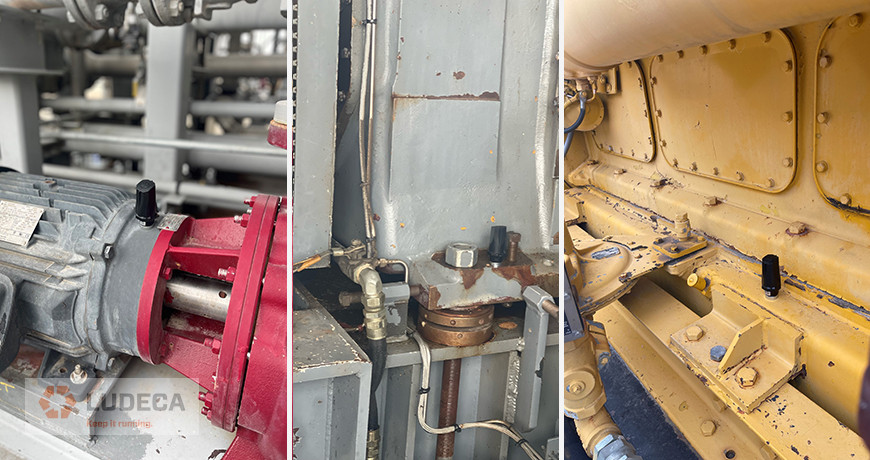
Wireless vibration sensors have their place in a good reliability program and can benefit the maintenance team’s ability to monitor machine health reliably. When choosing a wireless vibration sensor, the battery life is a key parameter in its selection. Designers and manufacturers should perform battery capacity models to be confident in the performance and battery life alongside actual current consumption measurements.
When creating a battery capacity model to determine battery life within a wireless sensor, there are several main considerations:
- Battery chemistry: The type of battery chemistry used in the device can greatly impact the battery life. For example, lithium-ion batteries have a higher energy density than nickel-cadmium batteries and therefore can last longer. However, Lithium Thionyl Chloride (LTC) has a stable voltage over time and high current pulse capability for wireless transmissions. It also performs better over temperature than Lithium-ion.
- Battery capacity: The capacity of the battery is an important factor in determining battery life. A larger capacity battery will last longer than a smaller capacity battery under the same usage conditions. However, the larger the capacity, the larger the physical dimensions, so there needs to be a balance between the overall size of the sensor (& mass) and its application constraints.
- Operating conditions: The operating conditions of the device, such as temperature, humidity, and usage patterns, can greatly impact the battery life. The temperature being the biggest impact, since the sensor may have a wider operating range of -40⁰C to 80⁰C.
- Battery age: As batteries age, their capacity decreases, so the model should add this parameter as a %.
- Energy consumption: This can be the difficult part, as it needs to consider all the different operating modes of the sensor, such as sleep, measurement, and wireless transmissions. Each mode will consume different amounts of energy and for different durations. These duty cycles can be worked out over a fixed period of time and input into the model.
- Self-discharge rate: Batteries have a self-discharge rate over time, which means they lose capacity even when not in use, the model should take that into account in order to accurately predict the battery life. Battery chemistry has an impact on this too.
- Quality: The quality of the battery is important, manufacturers often have different quality standards, so it’s important to consider the quality of the battery being used in the model to make accurate predictions. As a product used in the reliability world, we need to rely on the sensor, easy to maintain, and of a high standard.
When performing actual measurements, multiple samples should be used and preferably samples from different manufacturing batches. This ensures that any production tolerances are understood. Testing over temperature and with different % depletion of batteries can give a good spread or standard deviation of the current consumption over life. Taking both the model and measurement inputs will give a solid indication of the battery life of your wireless sensor. In your condition monitoring or reliability program if you are planning on using wireless vibration sensors, please consider the above points in determining their battery life.
Thank you Alan McCall with Sensoteq for sharing this educational article with us!
Filed under:
Vibration Analysis by Diana Pereda
